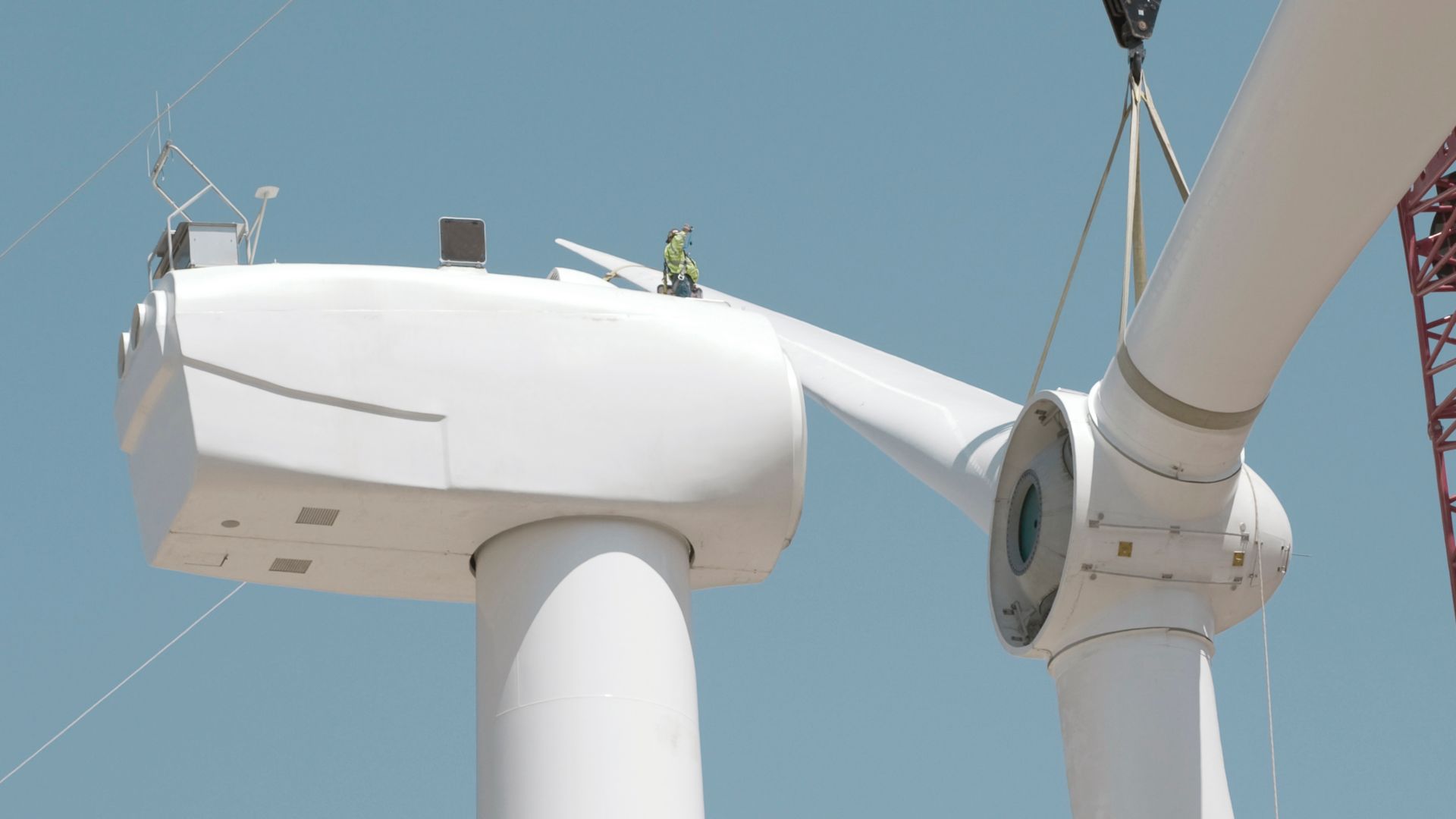Welding is a well-known, highly established joining technique that allows for the immediate fixation of metal parts. Due to a lack of knowledge about alternative joining technologies, many traditional manufacturing industries still heavily rely on welding as their main joining technology. This preference for welding holds true for wind turbine tower and platform manufacturers as well.
Problems Caused by Welding
While welding may be preferred for some selected structural applications, it does have its limitations. Dissimilar materials are difficult or impossible to join, welding requires protective coatings to be removed prior to welding and reinstated afterwards, the process can distort small parts due to excessive heat, and welding requires highly skilled operators to achieve the best results.
"According to the American Welding Society there will be a shortage of 400,000 welders by 2024. "
The urgency of the situation makes it imperative to rethink these processes very soon. At the same time, it presents an opportunity for re-design and innovation. Wind turbine towers and offshore platforms are subjected to demanding environments such as rain erosion, salt spray and extreme temperatures, so protective coatings are specified on all metallic parts. Post-coating processing such as the welding of attachment parts (cable trays, ladders, etc.) requires removing these protective layers by abrasion to get back to the bare metal. The integrity of the coating is compromised and must be reinstated after welding. This is not only time consuming but can also cause further complications such as corrosion if not applied correctly.
The Case for Bonding Solutions
With the right joint design, structural adhesives are more than capable of providing durable fixation for many structural applications. They can eliminate the labor time and costs associated with metal preparation and finishing operations and improve the overall manufacturing process. Let’s explore some of the advantages in detail.
Why Bonding?
Design freedom and ease of use are just some of the benefits that structural adhesives bring to industrial platform assembly and tower manufacturing. Sika features a diverse range of structural adhesives designed to replace welds, rivets and mechanical fasteners while improving fastening strength and durability. We offer innovative solutions that can be used for a wide array of structural applications. Using structural adhesives helps achieve a more even stress distribution, leading to better long-term properties such as durability and fatigue. In some cases, adhesives also allow for a reduction of the metal thickness and thus a reduction of weight and costs. Adhesives also enable users to make significant gains in productivity. Secondary process steps, such as sanding and polishing processes or re-application of coatings after welding, can be reduced or eliminated. As an example, Sika evaluated the potential of using Sika’s adhesives instead of welding to fix the brackets used to mount the cable trays on offshore platforms. With more than 200 installed brackets per turbine, this example shows the strong potential for bonding solutions compared to traditional welding.
Productivity increase of up to 88%
| Welding Process | Adhesive Process |
|---|---|
10 minutes Grinding and Cleaning | 40 minutes Pretreatment & bonding |
10 minutes Welding/Stud welding | 20 minutes Curing to Handling Strength |
Up to 8 hours* (Priming), base coat, top coat + individual curing for further handling | |
8h 20min
| 60 minutes |
Process differences between classical welding and advanced adhesive technology
| * Based on current market systems |
Sika offers an extensive portfolio of adhesive solutions to join metal to metal or other materials, from 1-component heat-curing epoxy adhesives to two-component structural adhesives based on acrylates, epoxy and polyurethane.
Sika’s global expertise, combined with local technical service, helps industrial manufacturers find the best structural adhesive for their challenging applications.
"By eliminating the removal and re-application of protective coatings, we are able to offer a productivity increase of up to 88%." Simon Leu, Market Field Manager, Wind Energy, Sika AG

